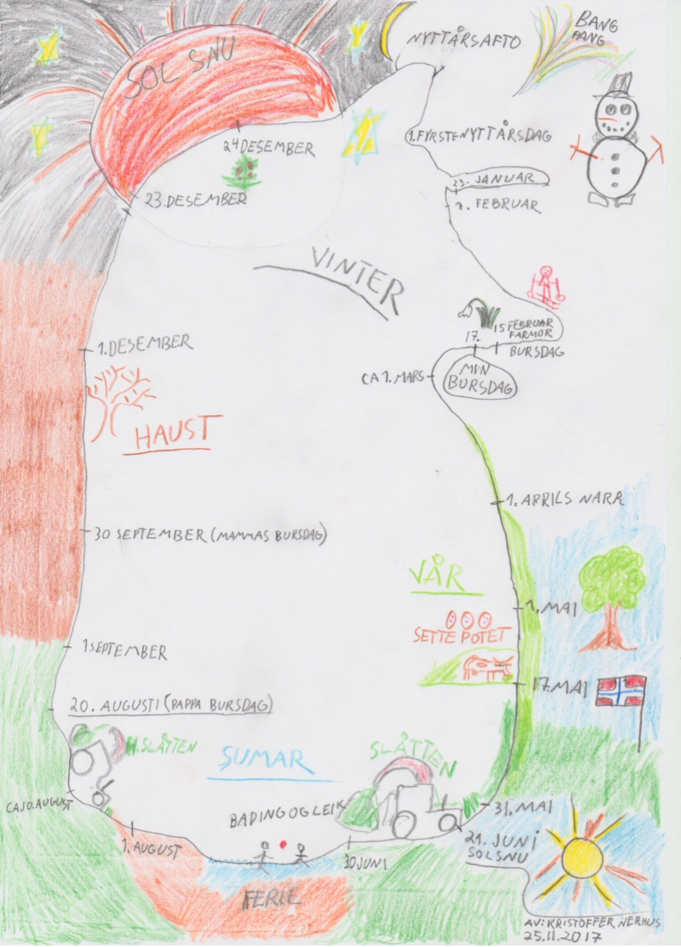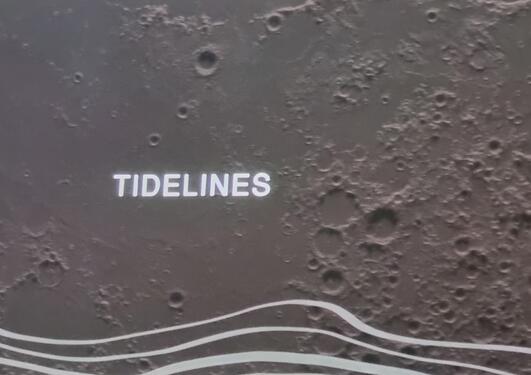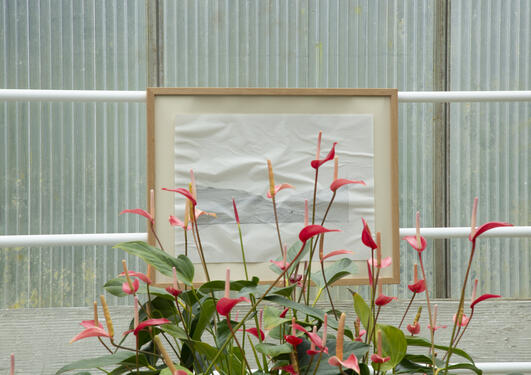The research approach: How do seasonal cultures change?
CALENDARS studied both processes of seasonal change in communities and institutions and engaged these groups in consciously re-calibrating their calendars.

Main content
Three aspects make the CALENDARS project unique
First, this project's focus brought a critical edge and attended to the messy changes to groups’ seasonal cultures in turbulent times. While other research looks at seasonal traditions, we focused on what happens when those traditions are turned upside down, and people look for new seasonal ways of life. We focused this inquiry by zooming in on particular communities, or institutionalized fields of activity; from schools to botanical gardens, artist collectives to conservation groups.
Second, this project worked closely with groups of people in targeted communities and institutions to together appraise their calendars and recalibrate them to shifting seasonal realities.
We didn't aim to simply observe changing seasonality but also help bring about changes in how people perceive and give effect to seasons through a transdisciplinary approach mobilizing scientists and targeted groups as an extended peer community. This demands reflexive modes of ethnography, which encourages subjects to "think again" about seasons with researchers; through interviews, participant observation and workshops.
The ultimate aim was to co-produce revised calendars and understandings of how to act seasonally. As each institution is different, with unique relations to the seasons and matters of concern, the members of the research team similarly adjusted their focus and methods to each group. This resulted in a project that is a rich agglomeration of studies of seasons, revealing of different aspects.
Third, we worked closely too with artists, designers, and film-makers, because to the extent seasons are cultural frameworks, it makes sense that they change culturally.
In Bergen, we worked with artists Magnhild Øen Nordahl and Cameron Macleod at Aldea atelier to build a Virtual Reality simulation of Bergen, wherein users can "play with time" at different scales, from diurnal to seasonal rhythms. We both studied the construction of this simulation and used it in workshops with different groups.
In New Zealand, we worked with film-maker James Muir, who accompanied the researchers in the field and documented peoples' experienced changes to seasonality. The work resulted in the film Tidelines, which you can watch here. In New Zealand we also worked with designer Edgar Melitao, who designed calendar templates with us and co-facilitated workshops re-drawing calendars.
Illustration to the right:
A survey in 2018 asked Norwegians about how they visualize the shape of the year. Most visualize a circle, but there were an array of forms, revealing a creative cultural potential for rethinking the year.
In NRK Beta article "This is what the year actually looks like", this drawing by a boy named Kristoffer is described as one of the most detailed illustrations the journalist received after he asked the Norwegian people what the year looks like inside their heads.


